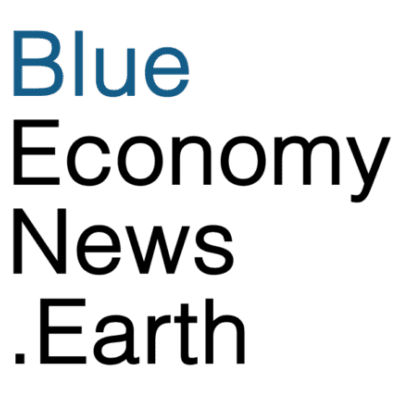Samoa’s Ministry of Natural Resources and Environment (MNRE) has released a plan to establish an ocean management system for 100% of Samoa’s waters, fully protecting 30% in a network of Marine Protected Areas to improve biodiversity and ocean resilience.
Protections include the establishment of nine new, fully protected Marine Protected Areas (MPAs), which will conserve 36,000 square kilometers of Samoa’s ocean. It also incorporates existing nearshore community-managed areas. The plan was announced by Hon. Toeolesulusulu Cedric Schuster, Samoa’s Minister of MNRE, at a side event of the Commonwealth Heads of Government Meeting (CHOGM) in Apia, Samoa.
Prime Minister Hon. Afioga Fiamē Naomi Mataʻafa said, “Samoa’s Marine Spatial Plan reflects our deep commitment to sustainably managing our ocean and marine resources for the benefit of all Samoans. Our ocean has been a source of life and prosperity for generations. With the Marine Spatial Plan, we ensure that this vital resource continues to support our livelihoods, economy, and culture for years to come. The recent impacts to our ocean and ongoing threats from climate change further underscore the dire importance of proactively protecting and managing our ocean.”
Samoa’s Ocean Strategy for 2020-2030 notes that Samoa’s ocean brings the country enormous benefits. Finfish bring in an estimated WST 89 million (USD $37 million) annually while invertebrate catch brings in WST 86 million (USD $36 million). Coastal mangrove forests and coral reefs act as natural barriers to tsunamis and violent storms and provide a significant source of biodiversity, food security and pollution control. They also play an important role in sequestering and storing carbon dioxide (CO2) from the atmosphere. Offshore habitats such as canyons, seamounts, water columns and the seabed offer additional goods and services such as nutrient cycling, carbon storage and sequestration, mineral resources, high biodiversity and others.
Offshore fishing and tourism provides important sources of income, livelihood and foreign revenue. Samoa’s offshore waters serve as a highway for global and regional ships and migratory species.
However, the ocean environment is facing many challenges such as habitat destruction, overfishing and pollution which are reducing vital oceanic ecosystem services and benefits to people such as food security, livelihood opportunities, and climate regulation; this is especially important as climate change is leading to increases in ocean temperatures, sea levels, and frequency and intensity of natural disasters causing coastal inundation.
Dr. M. Sanjayan, CEO of Conservation International added, “Samoa joins a select group of countries, most of which are Small Island Developing States, with a full plan to protect 30% of their ocean area by 2030, delivering the urgent action needed to sustain the world’s ocean as committed at COP15.”
A recent report revealed that only 2.8% of Marine Protected Areas are actually being adequately protected. In order to make MPAs effective, governments need to demonstrate a sincere commitment to avoiding harmful extractive actions such as mining and drilling and to finance protection.
Minister Schuster said, “Through a highly consultative process, the Plan was developed by the people of Samoa. It will ensure that Samoa’s ocean remains healthy by protecting vital marine habitats while allowing for sustainable economic activities like fishing and tourism. By better managing our ocean resources, this Plan will improve the resilience of our economy, people, and way of life, which are deeply connected to our ocean.”

